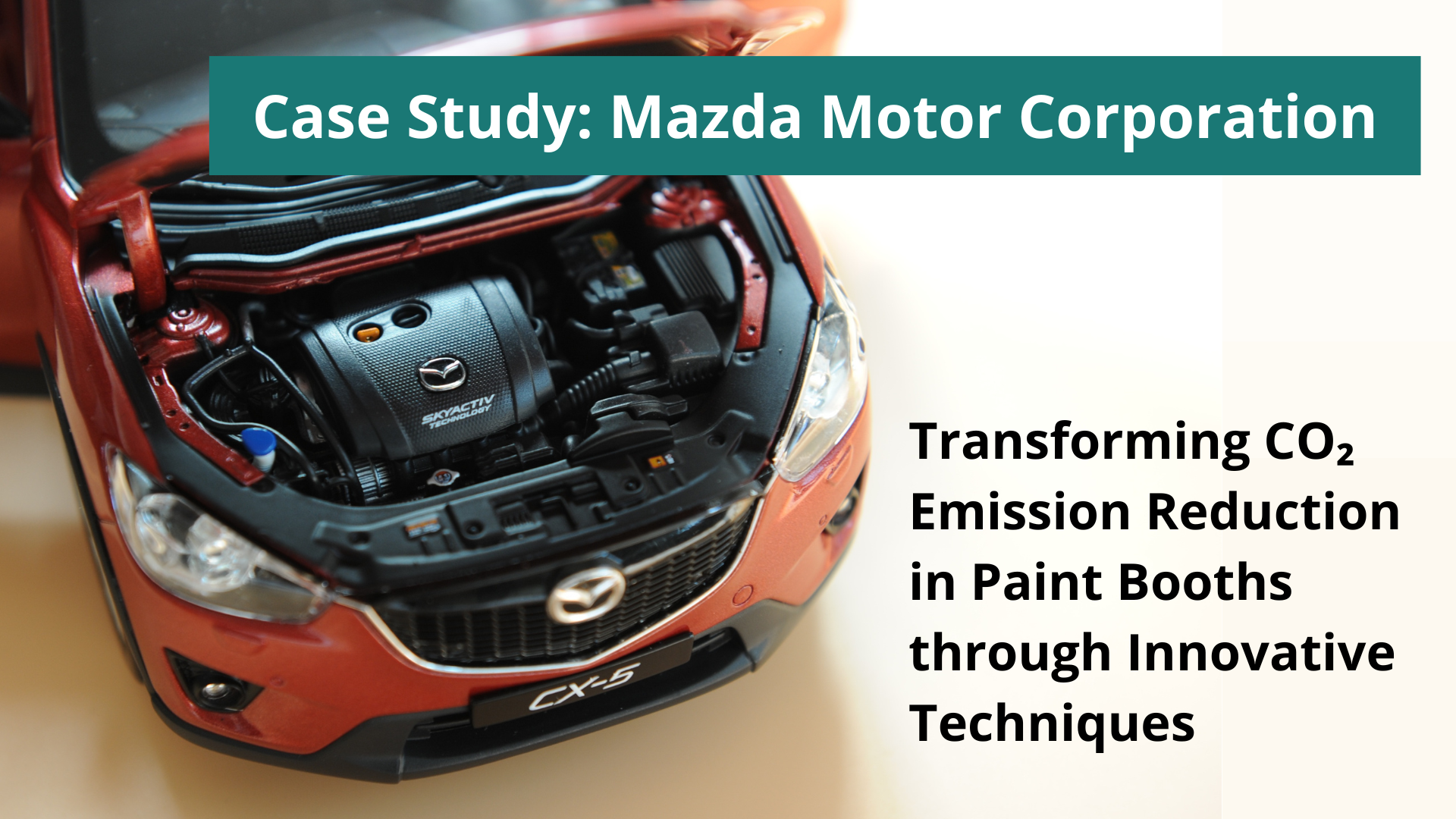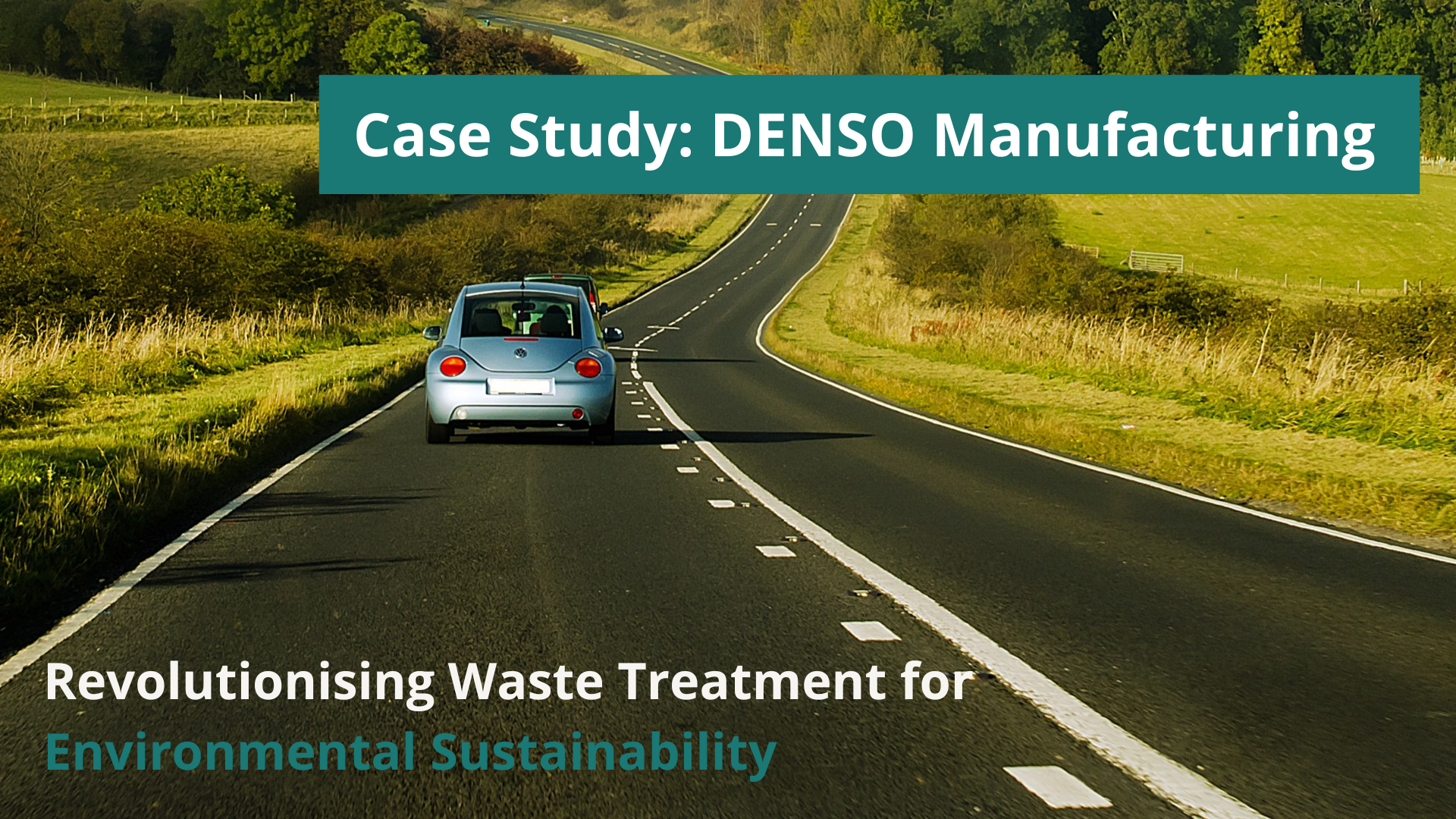
It’s no secret that the manufacturing sector in the UK is contributing to environmental degradation. However, the UK government aims to decrease pollution by pushing companies to become eco-friendly. But how to switch to environmentally friendly methods? We’re glad you asked!
What is Eco-mapping?
Eco-mapping is a visual tool that helps companies to implement environmental management system such as ISO 14001 or EMAS. This simple and practical tool helps in analysing the current environmental situation and managing environmental behaviour and performance. Eco-mapping usually is a first step towards integrating environmental considerations into day-to-day activities of SMEs.
Continue reading to find out more about eco-mapping.
When Should You Opt for Eco-mapping?
Eco-mapping is an exceptional tool that helps you fulfill the ISO 14001 and EMAS best practices. If you want to uplift your environmental management system, you should conduct eco-mapping. It can help you determine the loopholes in your sustainable business practices and help you become an eco-friendlier company in minimal time.
It is a valuable tool that was originally developed for small and medium-sized businesses and those organsations can benefit from the eco-mapping straight on. Larger companies might use eco-mapping effectively as well as a starting point before moving on to a broader approach, such as ISO 14001 or EMAS. It is important that eco-mapping is not an ultimate goal in itself. It is rather a framework that enable to visually identify and prioritise environmental problems and act upon them.
Who Should Use Eco-mapping?
If your company is heavily contributing to pollution (and most of the companies from manufacturing sector are), you should be ready for Environmental Agency fees and charges, and sometimes even fines and other punishments from the government.
Potential fines can damage your brand image and deteriorate your client’s trust. If you want your company to avoid it and get back on track, it’s time to focus on environmentally friendly operations, by making eco-maps as a first stage. The eco-maps are usually made by the environmental or quality representative of your company, together with an experienced consultant who helps to facilitate data gathering. Eco-maps are based on interviews with the staff and physical walkarounds.
Why is Eco-mapping Important?
Undoubtedly, environmental degradation is skyrocketing today. Companies that want to create an environmentally friendly image can use eco-mapping. Here are some reasons why eco-mapping can be significant for your organisation:
- it helps collecting and visualising the current environmental situation
- it helps identifying environmental practices and problems
- it helps spotting gaps and bottlenecks in your facilities (e.g. related to water, energy, wastes)
- it helps optimising the consumption of resources
- it helps raising the employee awareness (one image says more than houndreds of words)
- it is a support during training, communication and audits
- it helps documenting and tracking environmental improvements
- it helps creating a positive rapport in the industry
- it helps promoting sustainable development
- it helps improving operational processes
- it is useful for all stakeholders
How to Conduct Eco-mapping?
Step 1. Get a site plan
You should start by getting or drawing an accurate plans of your company’s site. The plans must be up-to-date and reflect a real situation.
Layout 1: Zoomed-out
This layout is the map of site, seen from above. It shall include access areas, roads and the immediate surrounding environment (e.g. near rivers, car parks, biodiversity areas). This zoomed-out layout is called an ‘urban situation’ map and will be used to prepare an Eco-map 1: Urban situation and nuisances.
Layout 2: Zoomed-in
This layout is a simple, recognisable map of the internal site. It shows the interior spaces including offices, shopfloor, warehouse etc. It shall include some relevant objects to know quickly where we are on the map (e.g. machines, boiler, main gas valve, main electric breaker, water stop cock). This layout should be copied (it will be used seven times). Eco-map 2: Water, Eco-map 3: Energy, Eco-map 4: Emissions, Eco-map 5: Wastes, Eco-map 6: Soil, Eco-map 7: Material flow, Eco-map 8: Risks.
Step 2. Define symbols
Once the site map is complete, you should highlight areas that need environmental improvement. For each eco-map, usuall approach is to use at least two symbols to map environmental issues:
- Hatches: small problem (area to be monitored)
- Circle: large problem (stop, the more serious a problem, the bigger and thicker the circle)

You may develop your own additional symbols to draw onto your maps. You may also highlight some existing good practices by using various colours.

Step 3. Go for it
Chose one eco-map at a time. Go for a site walkaround, question the staff and record the problems and good practices you notice. Take pictures, it will help you when you’re back to the office and put what you found out at the actual map.
You can use the the EU eco-map Brochure that explains the process for each eco-map in details and gives some possible suggestions on environmental issues and problems.
Eco-map 1: Urban situation and nuisances
This overall map will be used to identify environmental nuisances, for example those that affect people, community, neighbours (e.g. noise, odours or waste storage). This eco-map give an indication of an environmental situation in a wider spatial context.
Eco-map 2: Water
This map visualises the company’s usage of water and discharge of waste water. Look for leaks in piping and drainage systems, major areas of consumption (e.g. washing machines, pumping of groundwater, cleaning metods and products or use of rain water. Collect information on water bills, permits, plan of sewage systems or technical description of cleaning produsts. Identify major sources of water consumption and calculate cost of water consumption.
Eco-map 3: Energy
This map visualises the consumption of energy. Observe location of energy consuming machinery, computers, servers, useless lighting, areas of wastage (e.g. heat loss). Collect maintenance certificates of heating systems and machinery, energy bills. Evaluate insulation and type and use of energy.
Eco-map 4: Emissions
This map looks at all the points of emissions to air, including odours, noise, dust, greenhouse-gases. This map visualise the functioning of equipment inside a company. Observe and locate main points of emissions, filtration system, ventilations. Collect information on certificates of maintenance, evaluate neighbours complaints about noise, air, dust and odours.
Eco-map 5: Wastes
This map visualises the flow, management and prevention of waste. Observe direction of waste flows, estimate level of recycling, categories of wastes, kg of waste disposed per category. Evaluate your suppliers practices – are they obliged to take back materials and packaging?
Eco-map 6: Soil
This looks at the storage of inflammable, dangerous or hazardous to environment products. Observe and locate storage areas and rooms, tanks, drums, containers. Chceck procedures in case of accident, is there a threat to soil or groundwater in case of spillage? Evaluate conditions of storage of hazardous products, finished goods and wastes, collect information on Safety Data Sheets.
Eco-map 7: Material flow
This map will show what is going in and out (in: energy, water consumption, packaging, auxiliary products, raw material, out: emissions to air, waste water, waste, products).
Eco-map 8: Risks
This map helps identifying risks of accidents, pollution and environmental emergency situations. Observe locations of fire extinguishers, emergency exits, areas of risks, correct lighting of risks areas. Evaluate emergency procedures, training records and storage of product categories (toxic, corrosive, flammable, harmful).
The eco-maps should show the real and current situation. For the controlling purposes they should have a date, name and reference. From installing waste management systems to using eco-friendly construction objects, you can add different points to your eco-map.
Step 4. Action
Once all eco-maps are ready, they can be copied onto overhead transparencies and placed on top of each other. This approach helps to identify environmental priorities. The priority shall be given to issues marked by thick circles or those affecting employees health and safety.
If you’re finding it challenging to create an eco-map, and to implement an environmental management system, you may hire an experienced external consultant who can help you out. Join hands with experts at EQM Consult.
We can assist you in following all the environmental requirements that can help you become an eco-friendlier organisation. Contact our representatives for more details about environmental evaluation services.

Ph.D. Beata Paliwoda
Founder and Owner of EQM. Environmental and quality consultant and auditor. Professional career built in Quality Assurance departments in various companies from the automotive, aerospace, railway industries, as well as a management systems consultant. Successfully completed many complex projects related to the implementation of management systems, process improvements and business transformation. Auditor of ISO 9001, ISO 14001, AS 9100, project manager of APM, lecturer at the Poznan University of Business and Economics, researcher on the effectiveness of EMS and QMS in organisations.






